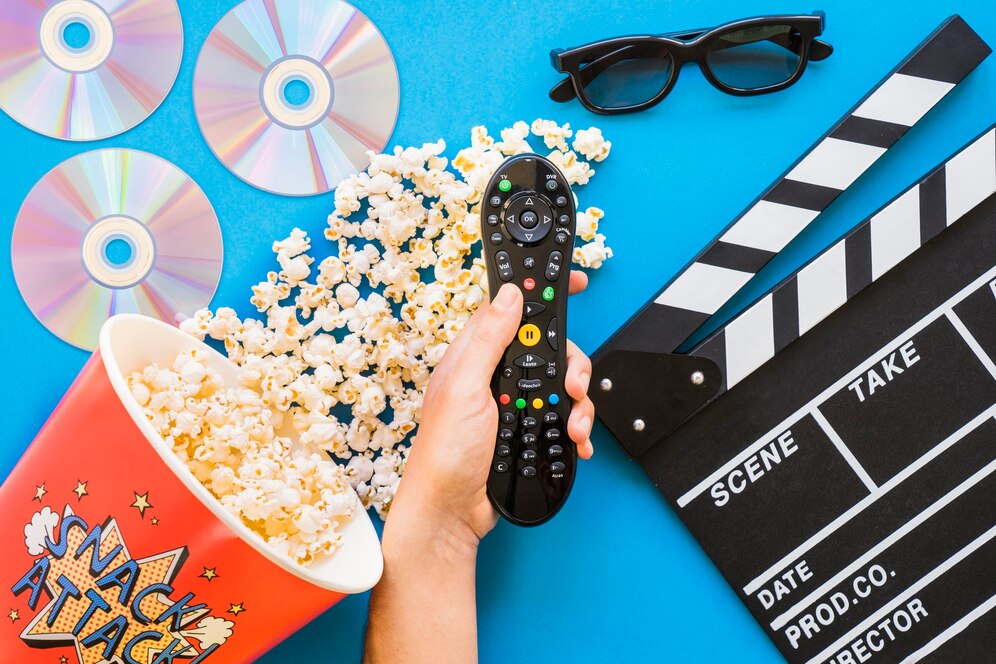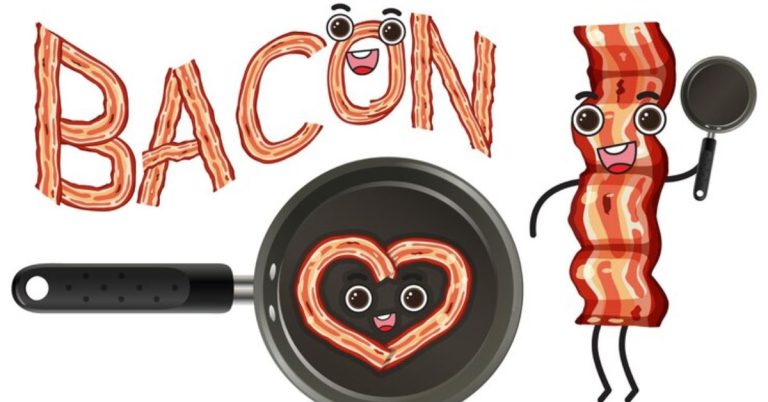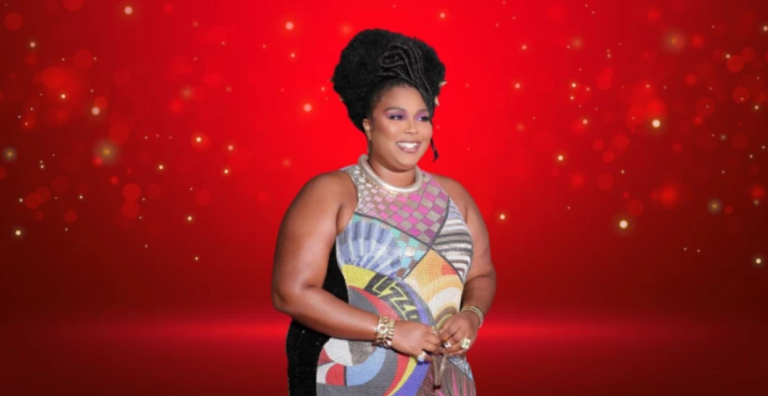Discovering Fandango: From Traditional Dance to Modern Entertainment

The word fandango evokes images of passionate Spanish music and lively dance performances rooted in centuries-old traditions. But beyond its immediate cultural associations, fandango has evolved into a multifaceted term with rich historical significance, vibrant musical elements, and contemporary relevance. In this comprehensive exploration, we delve into the origins, artistry, and modern adaptations of fandango, revealing its enduring impact on culture and entertainment worldwide.
Origin and History of Fandango
Etymology of Fandango
The origin of fandango can be traced back to Spain, where the term first appeared in the 18th century. Linguists suggest that fandango may derive from Latin-based roots, possibly related to terms such as fan or fandae, indicating a sense of festivity or exuberance. Some scholars propose that the word might originate from the Occitan word fandango, meaning a lively dance or song, which emphasizes its connection to performance arts. Over time, fandango became a word synonymous with spirited dance and music, especially within Spanish and Latin American traditions.
Historical Development of the Fandango
The fandango first emerged as a traditional dance in southern Spain, particularly in regions like Andalusia. Its evolution was influenced by Moorish musical elements, indigenous Spanish culture, and later, Latin American influences after Spanish colonization. During its early years, the fandango was performed at social gatherings, festivals, and court events, serving as a form of expressive storytelling through dance and song.
As the centuries progressed, the fandango transformed from a rustic folk dance into a sophisticated art form, incorporating intricate guitar work and vocal embellishments. The dance crossed borders to Latin America, where countries like Mexico, Colombia, and Argentina adopted local styles while maintaining its lively spirit. Today, fandango manifests in multiple forms, blending tradition with contemporary influences.
Fandango Through the Ages
| Period | Key Features | Cultural Context |
|---|---|---|
| 18th Century | Popular in Spanish court and rural festivities | Symbol of social celebration and aristocratic entertainment |
| 19th Century | Spread throughout Latin America | Adapted by indigenous populations, varying regional styles |
| 20th-21st Century | Fusion with flamenco and modern music | Revitalization and global recognition through performances and recordings |
Fandango as a Traditional Dance
Characteristics of the Dance
The fandango is renowned for its energetic rhythms and expressive movements. It typically features a 6/8 or 3/4 time signature, characterized by a lively tempo that encourages improvisation. Dancers perform intricate footwork, clapping, and hand gestures that evoke joy and communal participation. In traditional settings, dancers often form circles or pairs, symbolizing social harmony and cultural unity.
Musical Elements
Music plays a pivotal role in fandango performances. Common instruments include the classical Spanish guitar, castanets, handclaps, and sometimes percussion. The guitar provides a rhythmic and harmonic backbone, while castanets and clapping add percussive layers that energize the performance. The musical structure often involves call-and-response singing and ornamented melodies, highlighting the singer’s improvisational skills.
Vocal styles may vary regionally but generally feature expressive singing with vibrato and ornaments that enhance emotional intensity. This musical interplay elevates the dance, creating an immersive experience for performers and audiences alike.
Cultural Significance
In its traditional context, fandango is more than just entertainment; it symbolizes community, celebration, and cultural identity. Festivals dedicated to fandango attract large audiences and foster social cohesion. Variations exist across regions— in Spain, the dance is often performed during local festivals, while in Latin America, it is integral to religious processions and national celebrations.
Through generations, the fandango has maintained its role as a social ritual, embodying cultural values and history.
Fandango in Music
Fandango as a Musical Genre
Beyond dance, fandango has evolved into a distinct musical genre characterized by specific rhythmic patterns, scales, and improvisational singing. Composers such as Paco de Lucía pioneered modern flamenco fandango interpretations, blending traditional elements with classical and jazz influences. Iconic recordings by artists like Paco de Lucía exemplify the genre’s vibrant spirit and technical mastery.
Fandango recordings often feature intricate guitar compositions, soulful vocals, and percussive rhythms that showcase the passionate artistry involved.
Composition Techniques and Forms
Musicians employ specific scales known for their expressive qualities, such as the Phrygian mode, which lends a haunting, exotic sound. Typical fandango songs have structured forms, often including an introduction, a main theme, improvisational sections, and a concluding cadence. Ornamentation, melodic embellishments, and improvisation are essential, allowing performers to showcase their creativity and mastery.
Impact on Other Music Styles
The fandango has significantly influenced genres like flamenco, classical, and even popular music. Its rhythmic and melodic motifs are evident in classical compositions and modern cross-cultural fusions. The genre’s adaptability has helped spread its influence beyond its origins, inspiring musicians worldwide.
Fandango in Modern Culture
Fandango in Film and Media
Throughout the years, fandango has appeared in numerous films, documentaries, and TV shows, often symbolizing passion and cultural richness. Movies such as Vicky Cristina Barcelona have showcased the dance in vivid performances. Modern dance companies incorporate fandango styles into contemporary choreography, highlighting its versatility and emotional depth.
Online platforms like YouTube host countless performances, tutorials, and historical documentaries that bring fandango to global audiences.
Digital Presence and Revival
Today, fandango-themed apps and websites provide tutorials, performance recordings, and cultural insights. Platforms like Fandango Studio offer training for aspiring dancers and musicians. Social media enables artists to reach wider audiences and promote traditional fandango events across the world.
Revival efforts include festivals dedicated to traditional dance and music, ensuring that fandango remains vibrant and relevant for new generations.
Contemporary Artists and Fusion Styles
Modern musicians often fuse fandango with other styles like jazz, pop, and world music. Notable performers such as Vicente Amigo and Camarón de la Isla blend traditional fandango with innovative sounds, attracting diverse audiences and fostering cultural exchange.
Fandango as a Term Beyond Dance
Fandango as a Movie Ticket Platform
In the digital age, Fandango has become widely recognized as a leading online platform for purchasing movie tickets. Founded in 2000, the Fandango platform revolutionized ticketing services, offering convenience and real-time screening info. As a trusted brand, it provides features like seat selection, reviews, and personalized recommendations, making it a staple for moviegoers globally. To learn more about their services, visit Fandango’s official website.
Impact on Entertainment Industry
As one of the most popular digital ticketing services, Fandango has transformed the way audiences engage with cinema. Its widespread adoption has fostered a seamless movie-going experience, competing with other platforms like AMC and Regal online ticketing. The brand’s recognition extends beyond ticket sales into media and advertising, cementing its place in modern entertainment culture.
Comparison with Other Platforms
Compared to traditional box offices, Fandango offers ease of access, advanced features, and integration with social media. Its user-friendly interface and extensive movie database make it a preferred choice among tech-savvy audiences.
Summary Table of Fandango’s Key Aspects
| Aspect | Description | Relevance |
|---|---|---|
| Origin | Spanish, 18th-century roots in folk dance | Historical foundation |
| Dance Characteristics | Energetic movements, rhythmic clapping, improvisation | Core cultural expression |
| Musical Style | Guitar, castanets, vocal ornamentation | Expressive and improvisational |
| Modern Adaptations | Fusion with flamenco, classical, pop | Continued relevance and innovation |
| Digital Presence | Online tutorials, festivals, apps | Revitalization and global accessibility |
| Non-Dance Use | Movie ticketing platform | Modern entertainment industry |
Frequently Asked Questions (FAQs) About Fandango
- What is the origin of the fandango dance?
- How is fandango performed today?
- What instruments are used in fandango music?
- Can I learn fandango online?
- What is the significance of fandango festivals?
- How has fandango influenced other music genres?
- What is Fandango‘s role as a digital ticket platform?
- Are there modern artists still performing fandango?
The fandango originated in 18th-century Spain, influenced by Moorish, indigenous, and European traditions, becoming a lively social dance and musical form.
Today, fandango is performed through traditional dance events, flamenco performances, and fusion styles, often incorporating modern instruments and choreography.
Key instruments include classical flamenco guitar, castanets, handclaps, and sometimes percussion like cajón or clapping, all contributing to its lively sound.
Yes, numerous platforms offer tutorials, workshops, and virtual classes to learn fandango-style dance and music.
Festivals celebrate cultural heritage, foster community spirit, and preserve traditional fandango arts, often featuring performances, competitions, and communal gatherings.
It has significantly contributed to flamenco, classical compositions, and cross-cultural fusion music, inspiring countless artists worldwide.
It provides convenient online ticket purchasing for movies, with features like seat selection, showtime info, and reviews, revolutionizing cinema-going experiences.
Absolutely. Many artists incorporate fandango into contemporary performances, blending traditional elements with modern styles to keep the art form alive.
In sum, fandango embodies a dynamic intersection of history, art, and modern innovation. Whether as a traditional dance, musical genre, or a leading digital platform, its influence continues to resonate globally. Preserving its rich cultural heritage while embracing contemporary trends ensures that fandango remains a vibrant and inspiring element of our shared human legacy.





